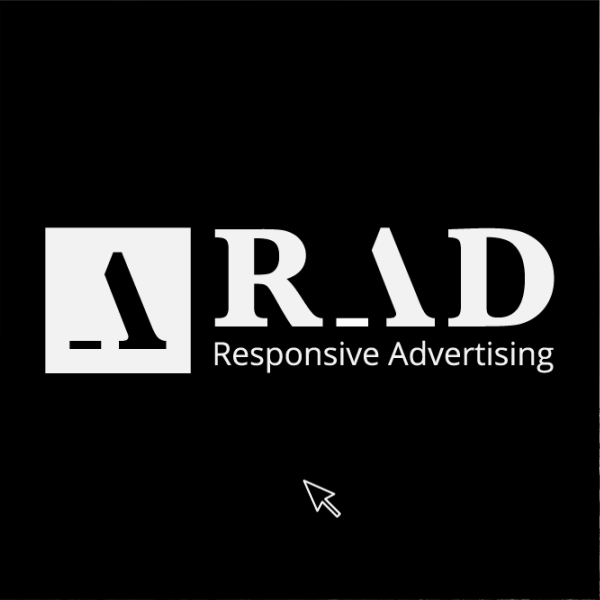30 - 03 - 2017
Stay Hungry Stay Responsive

Digital Darwinisms
Practically all customers nowadays require a mobile version of their website. Multimedia content has to adapt to many devices and many structures: iphone, iPad, blackberry, netbook, kindle, and every year something new comes out. In the next five years there will be a need to rethink the design for many more inventions.
When the web was invented twenty-five years ago, one could navigate through this 'fluid information' by means of text and hyperlinks. Then came images, embedded systems, iframes and then videos until everything was translated into CSS and fixed widths. With the advent of responsive design we are back to fluid information, but with a lot of interactive elements.
The need to adapt is, as with living species, a survival priority. If we want to have a monetary or public return, we have to think on a large scale and be prepared to change our vision. In the field of web design and development, we are quickly reaching the point where it will become impossible to keep up with new resolutions and new devices, think of the various clocks and their applications.
In many cases, creating a web version for every format and device is virtually impossible, not to say useless.
Will we ever be prepared to bear the consequences of losing visitors on desktop for the benefit of gaining users on mobile? Is there a solution?
Ethan Marcotte, the web designer who invented (as he writes on his website) the term 'responsive web design' and who is "still shocked at how the idea has been received", has written a book about it that bears the coined definition of the same name as its title.
When I grow up I want to be responsive
Responsive Web Design (RWD) is that dogma that suggests developing solutions that respond to visitor behaviour and conditions based on screen size, platform and orientation. In practice it is a mix of flexible grids and resizable layouts seasoned with CSS media queries that recognise the device and allow content to adapt. So when the user moves from lpad to iPhone, the site will automatically adapt in resolution, image size and script. Simply put, you create friendly technology that automatically responds to user preferences.
This eliminates all that need for dedicated design, greatly streamlining the development and creation phase.
Mr. Morten Hjerde has calculated that the largest screen on which to display content is 23 times larger than the smallest. Quite a range to contend with!
But the word responsive design is not just about adjustable screen resolutions and images, rather it is about a new way of understanding and designing design.
To understand what we are talking about we are helped by this fantastic site!
The word pocket comes to mind. Those gestures we do unconsciously when we are leafing through a newspaper at the bar, when on holiday we fold the map, when on the lawn we pretend to hold the book with one hand because the other is under our head. The website of the film The Forecaster renders very well the idea of the images I mentioned earlier, transposed into digital.
As far as image design is concerned, i.e. the construction of brand identities, logos and so on, the word responsive is declined in the search for communication calculated down to the millimetre, which becomes the tailor-made suit sewn ad-hoc on the client.
The grids become the fundamentals of the brand, the layout the campaign image and the css will be the communication strategy.

- Strategy
- Branding
- Digital
- Content
View Project

